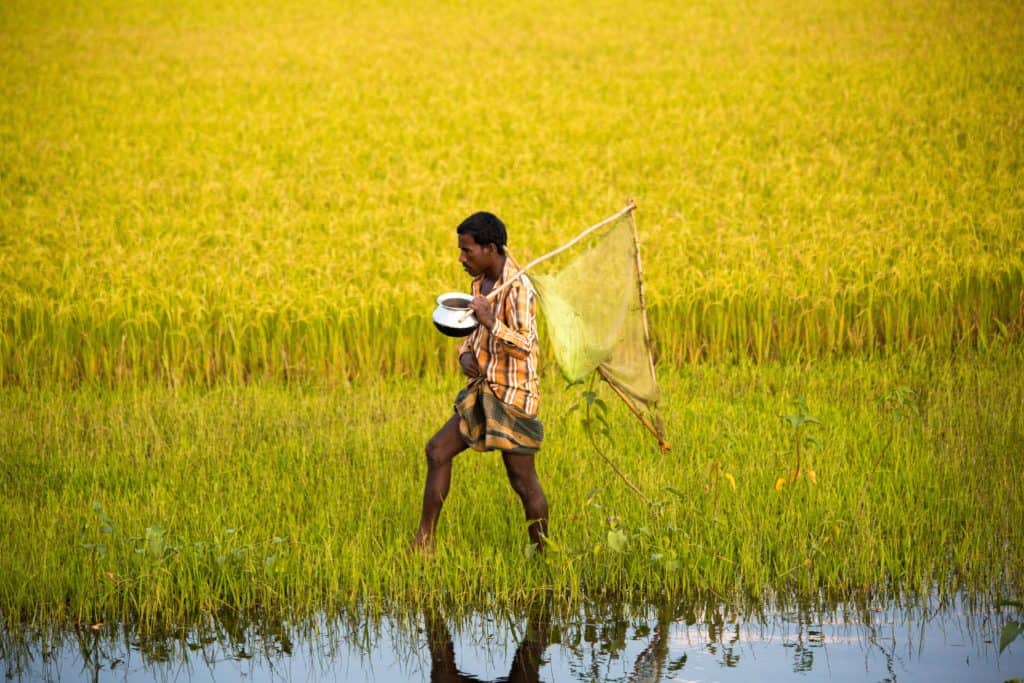The Indian Government hiked the paddy by INR 200 Per Quintal on July 2018. This decision led to 5% Basmati Paddy growers to shift to non-basmati due to unpredictable price of basmati paddy. Traders, millers and exporters are facing a major shortage of Basmati Rice this season.
Farmers Opting for Growing Non-Basmati over Basmati Paddy
During the last fiscal year, farmers shifted their focus to non-basmati crop from basmati due to increase in minimum support price (MSP) by the government. Farmers all over Haryana and Punjab opted for guaranteed MSP payments on non-basmati rather than gambling on growing basmati and be at the mercy of unassured payments by private basmati rice millers.
Low Carry Forward Stock from Previous Season
Experts have been suggesting that the stock of basmati has been low this year due to low carry forward stock from previous year. Strong demand from Iran led to increased export by over 10% in previous two financial years. Importers of Basmati Rice in Middle East are ready to pay higher price as the stocks have currently depleted in India. Basmati Rice Millers have an upper hand this season in setting the price due to low stocks because of which exporters are ready to pay higher prices for the rice.
Basmati Rice Export Sets Record High in FY 2018-19
Rising export demand for Basmati Rice has been a major factor for increasing prices. Aggressive import from Middle East has pushed Basmati Rice exports to 4.415 Million Metric Tons this financial year. An increase of almost 10% from previous years 4 Million Metric Tons. If we take into account, the 5% lower Basmati Paddy production this year and increased 10% export of Basmati rice this financial year, we can expect the prices to increase further. Iran-US relations will also be a major factor deciding the volume of exports and price of basmati rice in FY 2019-20.

